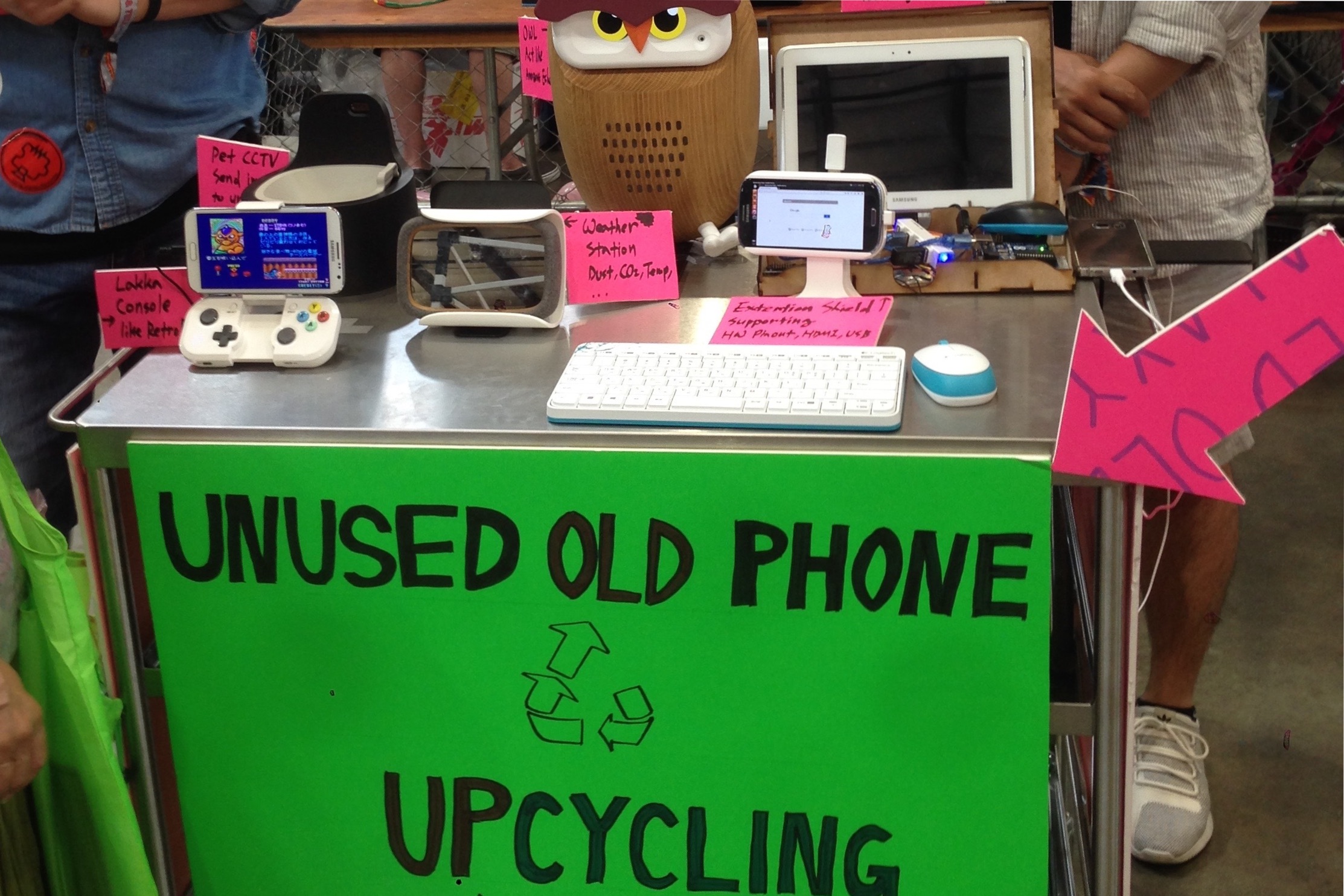superczar
Keymaster
Somehow there seems to be a common assumption that our phone/PC hardware can run for 10 years or even more while delivering a great user experience.
The problem with this assumption is that most app stacks are designed with a performance baseline expectation that moves up every year.
In addition, its not just thick client apps that are designed this way but also web apps.
So even if somehow your once brilliant centrino laptop or SD S1 chip Nexus one were fully optimized and operational today - the webpage/ webapp that would have felt super zippy on it circa 2011 would be so much more complex today that it will barely load.
The problem with this assumption is that most app stacks are designed with a performance baseline expectation that moves up every year.
In addition, its not just thick client apps that are designed this way but also web apps.
So even if somehow your once brilliant centrino laptop or SD S1 chip Nexus one were fully optimized and operational today - the webpage/ webapp that would have felt super zippy on it circa 2011 would be so much more complex today that it will barely load.




